Have you ever felt disappointed after prepping your own healthy meals at home, only to find they’ve gone bad, or taste a little “off” by the time you’re ready to eat them? Luckily, there are ten ways to make food last longer, without chemical preservatives.
The majority of chemical preservatives are linked to health problems (even in minimal amounts) within the nervous and endocrine systems – which is another great reason to avoid processed, packaged, and boxed foods, and get on board with making your meals at home (1)(2).
Want to learn more about Paleo and how it can help you? Grab our FREE “What Is Paleo?” Guide by Clicking Here!
So, let’s take a look at how you can make your home-cooked meals last even longer.
10 Natural Ways to Make Food Last Longer Without Preservatives
1. Lemon or Lime Juice
The ascorbic acid found in lemon flesh and juice acts as an antioxidant, while the citric acid is a natural antibacterial, and helps preserve the flavour, color and taste of your recipes (3)(4). Lemon juice also prevents fresh fruit and vegetables from browning (this works especially well on avocados and apples).
Thanks to its antibacterial properties, lemon juice can be used to preserve any plant-based meal. Note: lemon juice isn’t a strong enough preservative for meat.
2. Fermentation
Fermentation is the ultimate way to extend the shelf life of your fruit and vegetables by months. Sauerkraut, kimchi, beet kvass, pickles, onions and garlic are all examples of lacto-fermented foods.
Lacto-fermentation uses water and salt, which prevents the growth of bad bacteria, and allows the good bacteria to thrive. The good bacteria “break down” the sugar in the fruit and veggies, which produces lactic acid. The lactic acid creates the perfect amount of acidity needed to preserve food and protect it from the growth of mold and bacteria.
[tweet_quote]Lacto-fermentation prevents the growth of bad bacteria, and allows the good bacteria to thrive.[/tweet_quote]Lacto-fermentation is a simple process (not to mention one of the oldest food preservation tricks) and only requires water, salt, a sterilized jar, and the fruit or veggies of your choice. Lacto-fermented foods can last several months in your pantry, as long as they’re kept in a cool, dry place.
Want to know how to ferment food? Check out our Guide to Fermentation here.
3. Freezing
Freezing is a hassle-free way of making your meals last at least 6 months longer, as long as they’re sealed air-tight, and the freezer is at 0ºF or colder. Baked goods, homemade sauces (spaghetti sauce, chili), fruit, and animal protein can last for up to 6 months in the freezer, and if you include dairy in your diet, dairy lasts between 1-3 months.
Vegetables can be frozen to extend their shelf life too, although fresh veggies (besides tomatoes) should be blanched before freezing, which allows them to retain their nutrients, enzymes, texture, and color.
4. Salt (Curing or Brining)
Salt is the oldest and most effective preservation method. Salt can preserve anything from meat, poultry, and fish, to desserts and vegetables (as we covered in fermentation) because it removes moisture and reduces the amount of water available for bacteria to grow in (5).
Making a brine with salt and water to preserve meat, and using salt to cure meat (which involves more salt than a brine) can allow it to last several months.
[tweet_quote]Any kind of salt will preserve meat, but unrefined choices like Celtic or Maldon sea salt is best.[/tweet_quote]Any kind of salt will preserve meat. However, Himalayan rock salt, Celtic sea salt, or Maldon sea salt are the best choices because they’re unrefined. If you choose Himalayan rock salt, you’ll also get an extra boost of trace minerals.
5. Vinegar (Pickling)
Grandma knew a thing or two! Pickling, which is the process of preserving vegetables with vinegar, allows fresh vegetables, fruit and even eggs to last several months (not to mention, vinegar also enhances their flavor). The acetic acid in vinegar is the reason why it works well as a natural food preservative. Acetic acid kills the bacteria that spoil food and the acidity creates an environment they can’t survive in (6).
Most traditional pickling solutions use vinegar, water, salt and sugar, but you can leave the sugar out. While sugar also acts as a natural preservative, it’s mostly intended to add flavor to the produce you’re pickling.
6. Cayenne Pepper
When compared to dill, parsley and green pepper, cayenne pepper showed the strongest antimicrobial activity against yeast, mold and other bacteria on cheese (7). Chili peppers have even been proposed as an alternative to chemical preservatives in the food industry (8).
So, spice up your soups, dips, sauces, stews and chilis to help keep them fresh for longer.
7. Rosemary Oil or Extract
As it turns out, the comforting smell of rosemary is only one of it’s many benefits. Food-grade rosemary essential oil has antioxidant and antimicrobial activity, which has been shown to preserve meat, and prevent fats and oils from going rancid (9).
8. Diatomaceous Earth
Diatomaceous earth is a white powdery substance made from diatoms, which are tiny single-celled algae. It’s best known for being one of the richest sources of silica, but it’s also becoming more popular as a natural food preservative because it repels insects and eliminates moisture.
Food-grade diatomaceous earth can be used to preserve dry pantry foods such as nut flours, quinoa, and even your pet’s food, by layering a small amount on the top, bottom and every three or so inches in between. You can find powdered diatomaceous earth at your local health food store in the supplements aisle.
9. Pure Raw Honey
Honey is considered an ancient preservation method, dating back to prehistoric times, thanks to a range of factors including its unique acidity and ability to suck in moisture. You may have noticed that honey never spoils (as long as it’s not diluted with water or any other substances).
[tweet_quote]Honey never spoils! Its high concentration of sugar inhibits the growth of bacteria.[/tweet_quote]That’s because, similar to salt, its high concentration of sugar draws out moisture, which inhibits the growth of yeast and other strains of bacteria, such as staphylococcus aureus (10). The antioxidants in honey have also been shown to slow down the browning of fresh fruit and vegetables (10).
10. Garlic
As one of the most powerful foods to eat to kill yeast, bacteria and other viruses in our bodies, it’s no surprise that garlic has the same benefits when added to food (11).
One study showed that fresh garlic was able to prolong the shelf life of raw camel meat for up to 4 days at room temperature, and 28 days in the refrigerator with no sign of spoilage or microbial growth (12).
This suggests garlic can increase the potential of other natural food preservation methods, such as brines and pickling, and preserve the freshness of your animal protein dishes, as well as plant-based dishes such as dips, soups and homemade salad dressings.
3 Quick Tricks to Make Your Produce Last Longer
1. Wrap Banana Stems
When you buy a bunch of bananas, take a small piece of leftover plastic wrap and tie it around the bananas stems. Bananas release ethylene gas as they ripen, and the plastic wrap helps contain the gas, which slows down the ripening process.
2. Water and Vinegar Soak
A water and vinegar soak helps make berries last longer. Place your berries in a large bowl, and add 1 part white vinegar and 10 parts filtered water. Mix, drain, rinse, dry and refrigerate in a glass airtight container.
3. The “Bouquet” Method
For herbs, leafy greens, asparagus, and any other vegetable with a stem, you can make them last longer by cutting their stems (as you would with a bouquet of flowers) and placing them in a glass jar filled with 1 inch of filtered water. Place your produce stem down, and use a reusable plastic bag (these silicone ones are great) to cover the top of the veggie. Refrigerate.
(Read This Next: 4 Big Problems With Microplastics (& 4 Natural, Toxic-Free Alternatives))


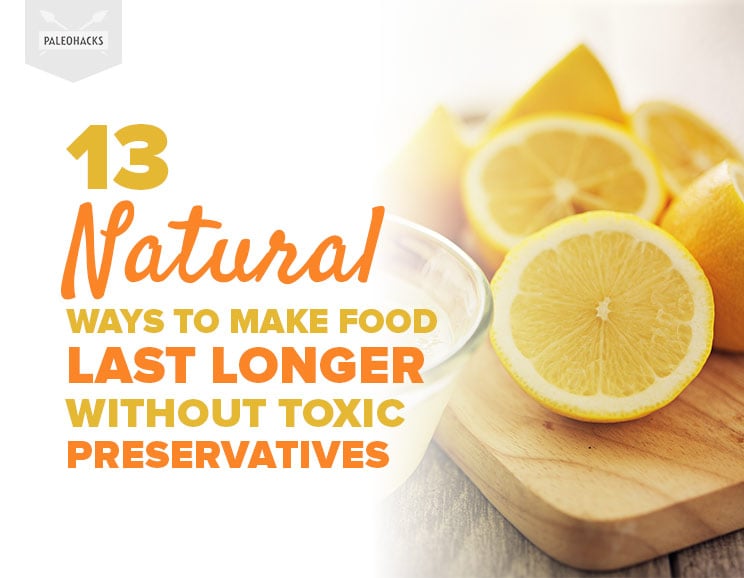
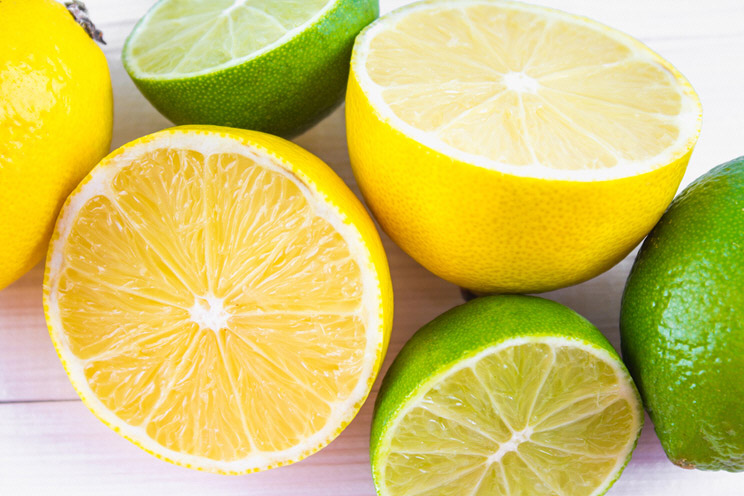
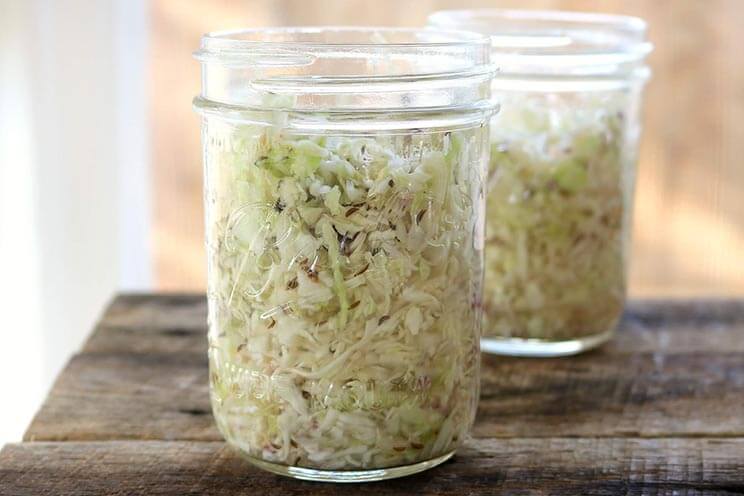
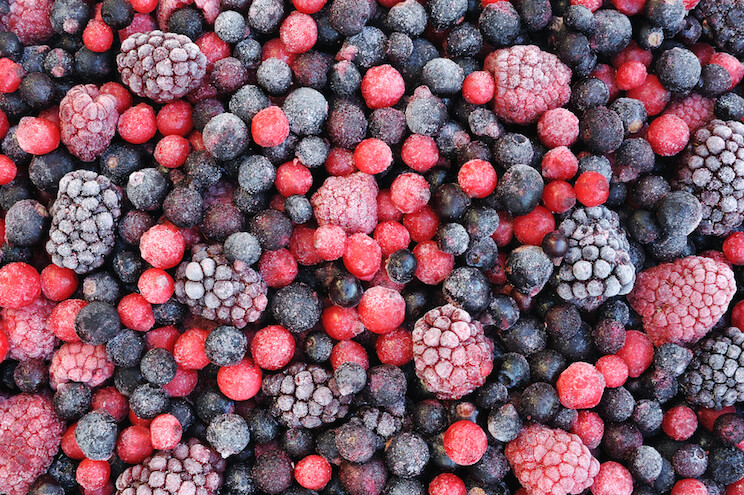
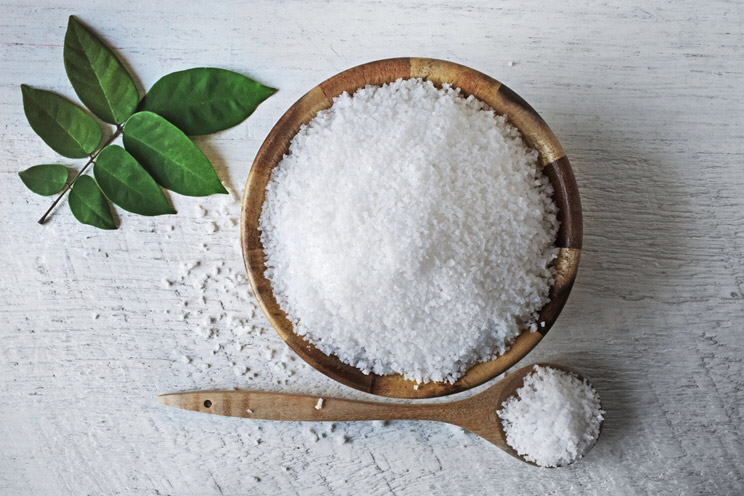
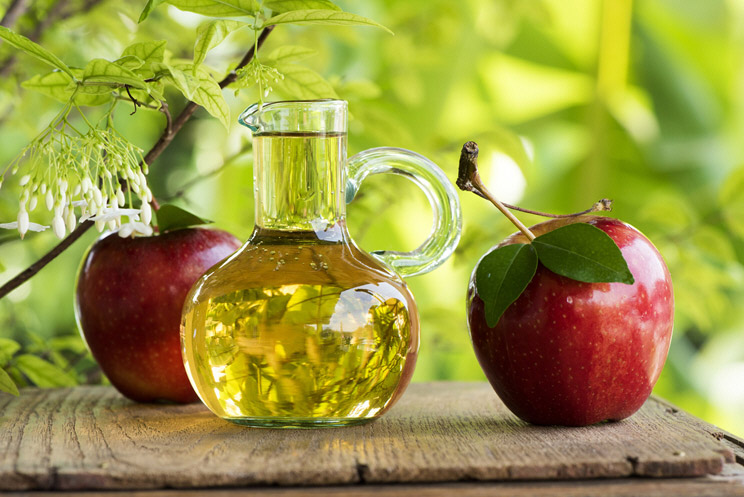
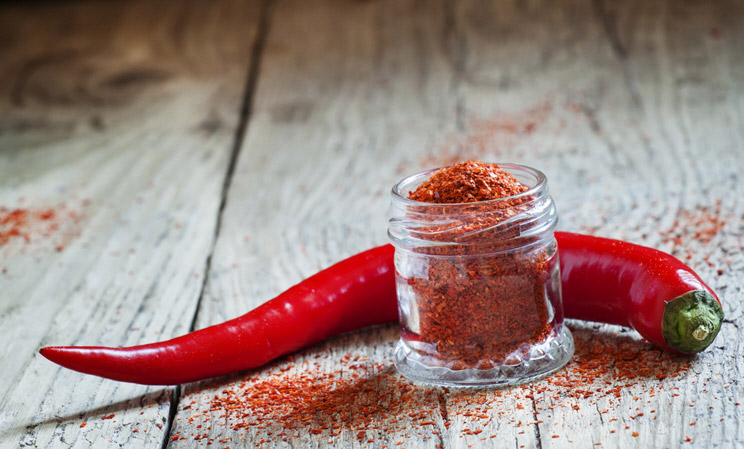
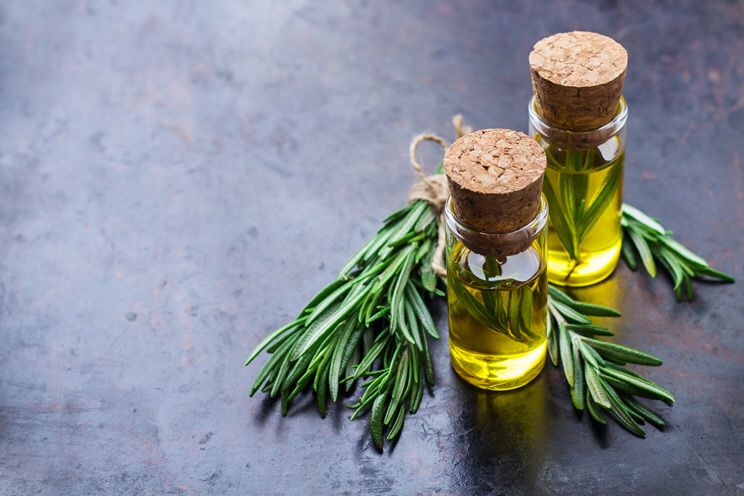
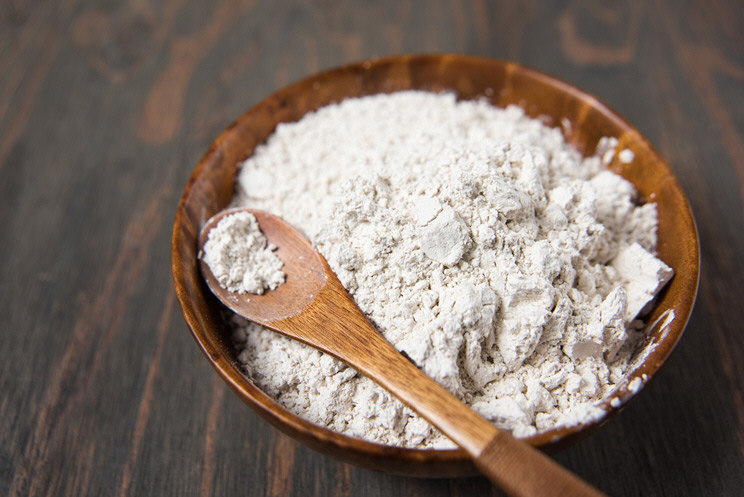
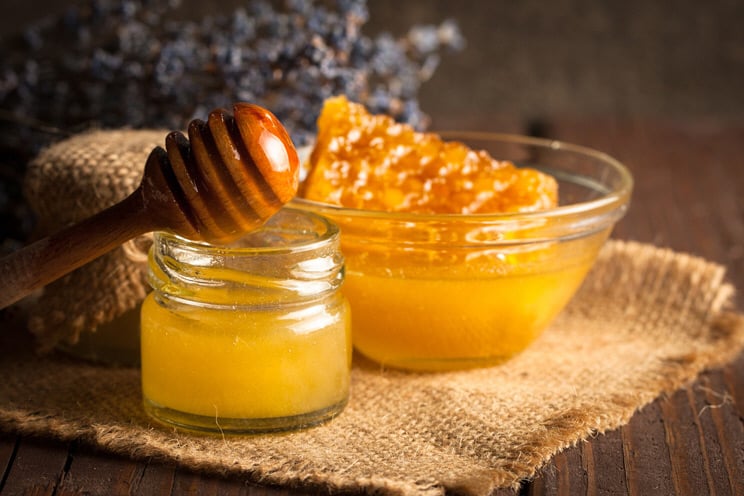

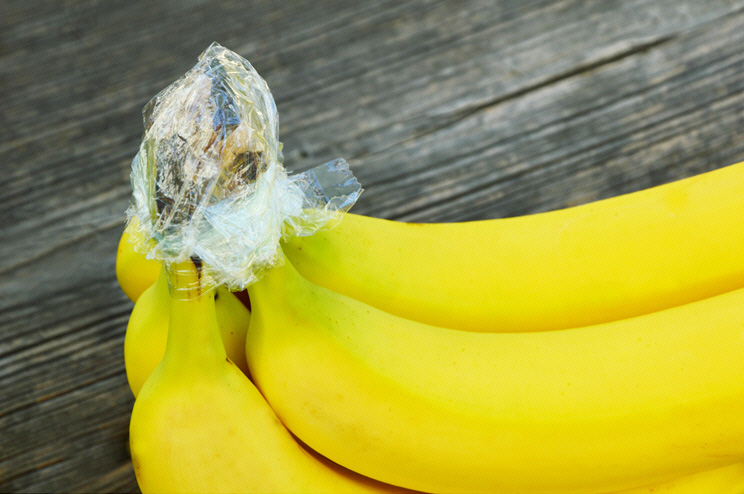
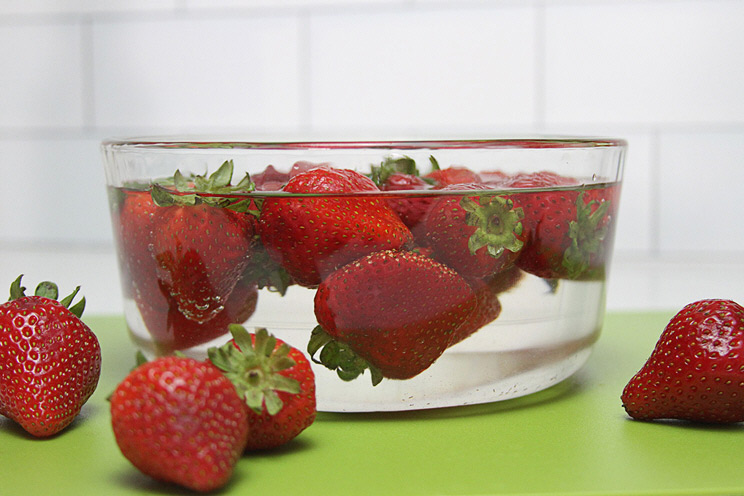
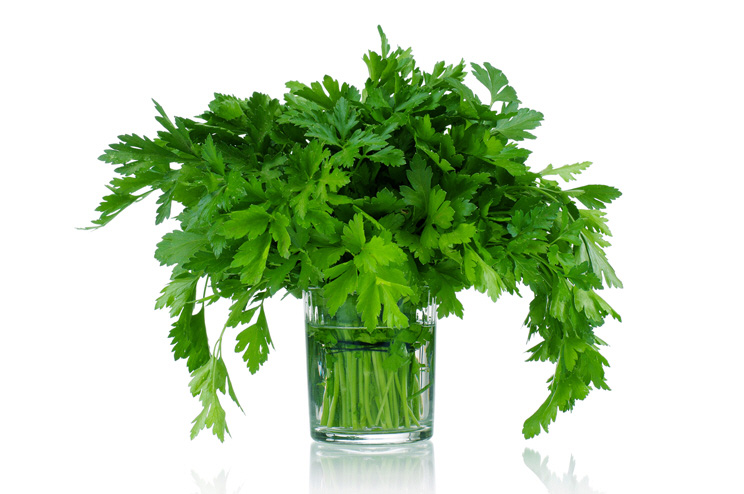
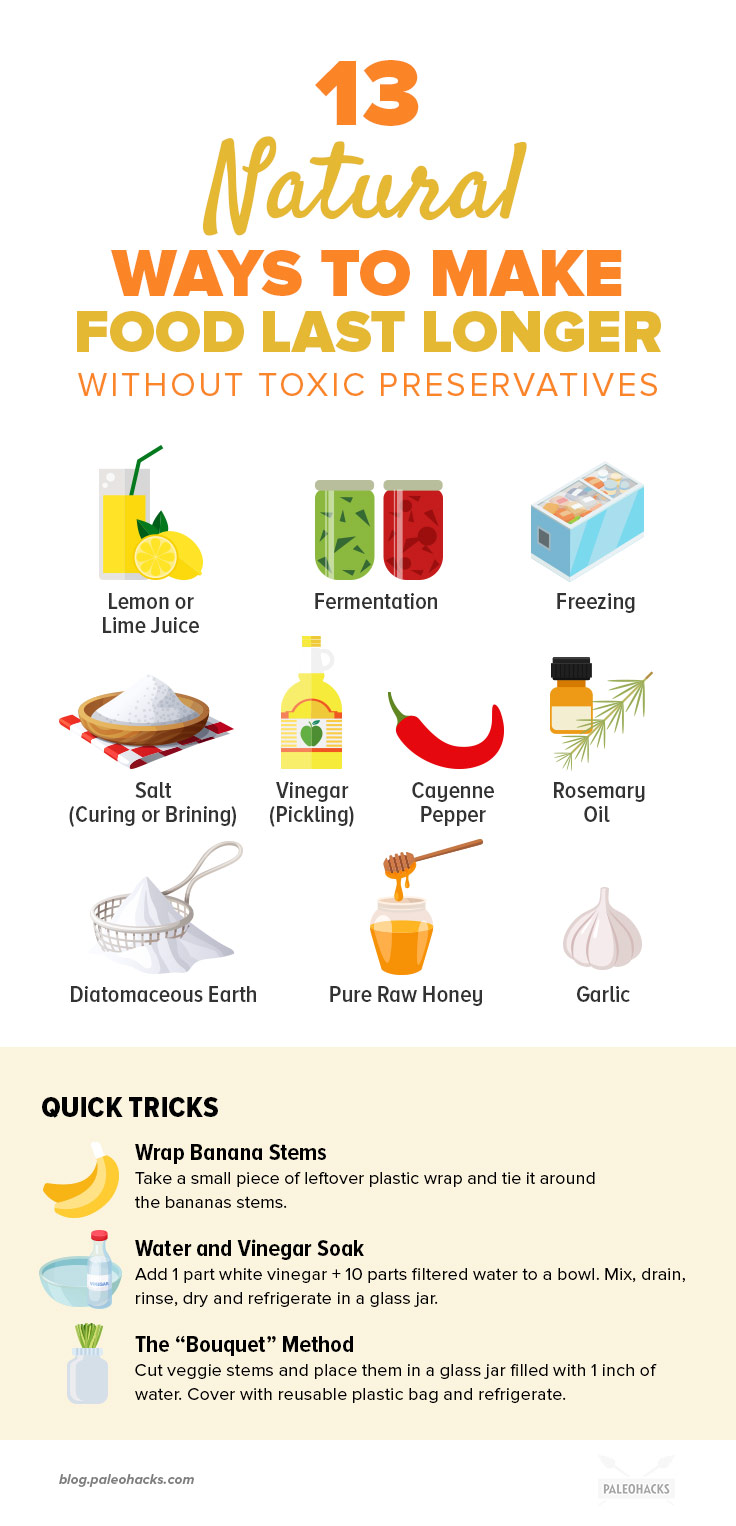
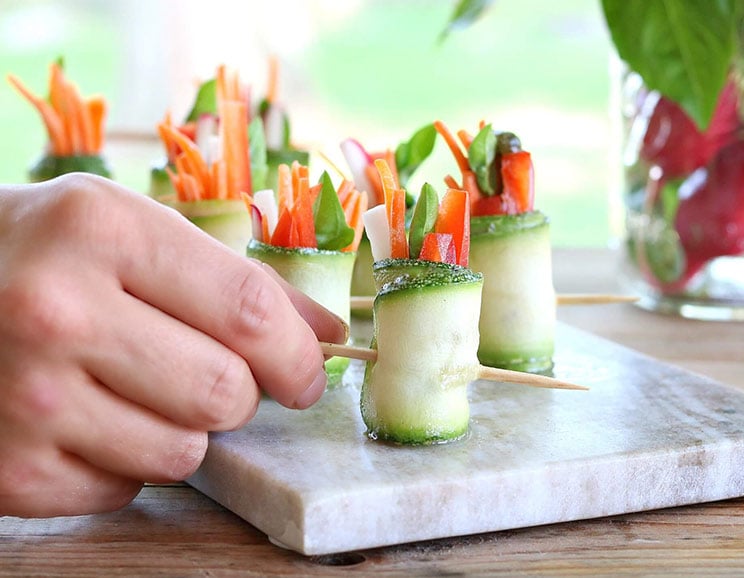 Raw Zucchini Rolls with Paleo Pesto
Raw Zucchini Rolls with Paleo Pesto
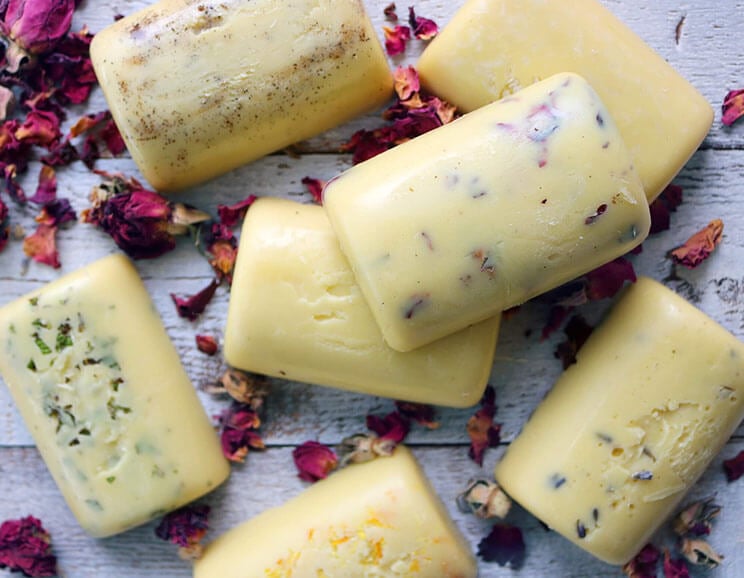


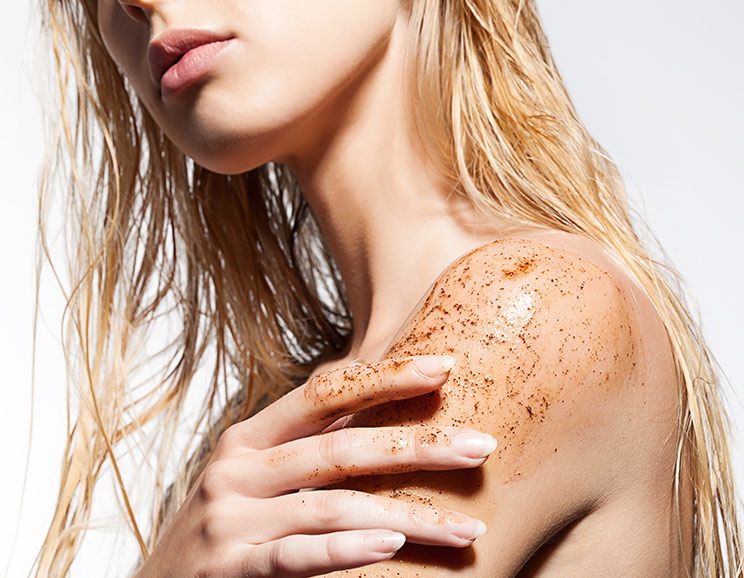

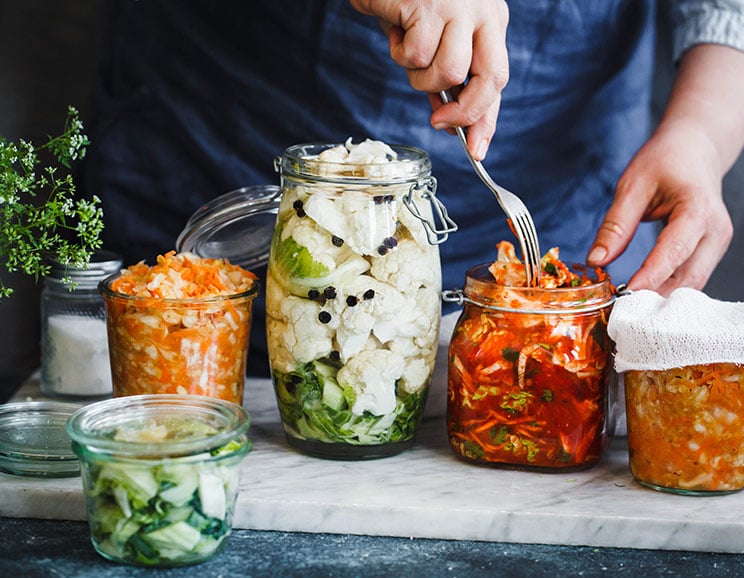
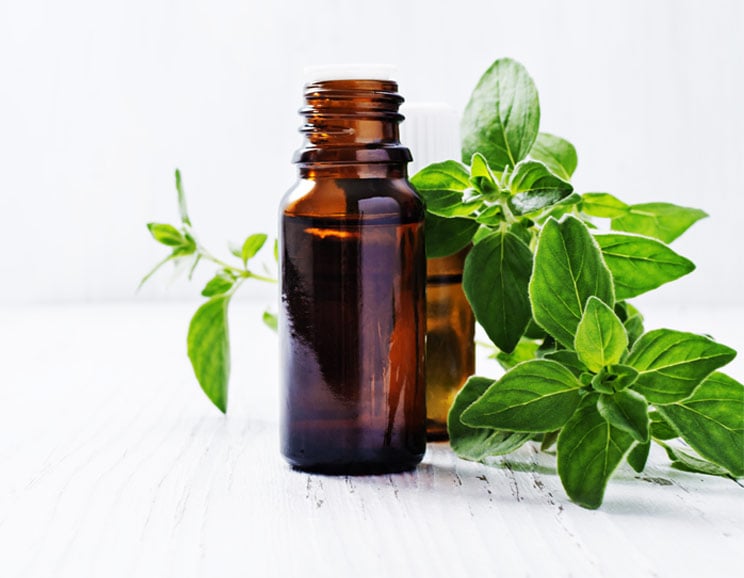
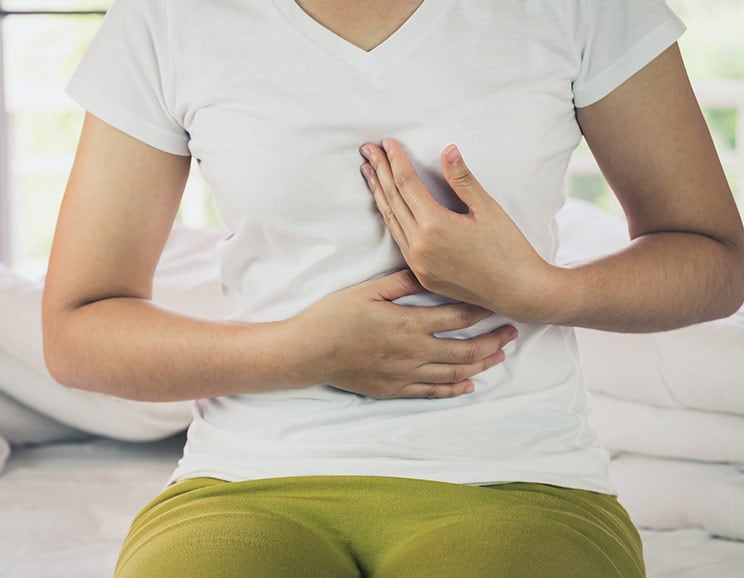

Show Comments